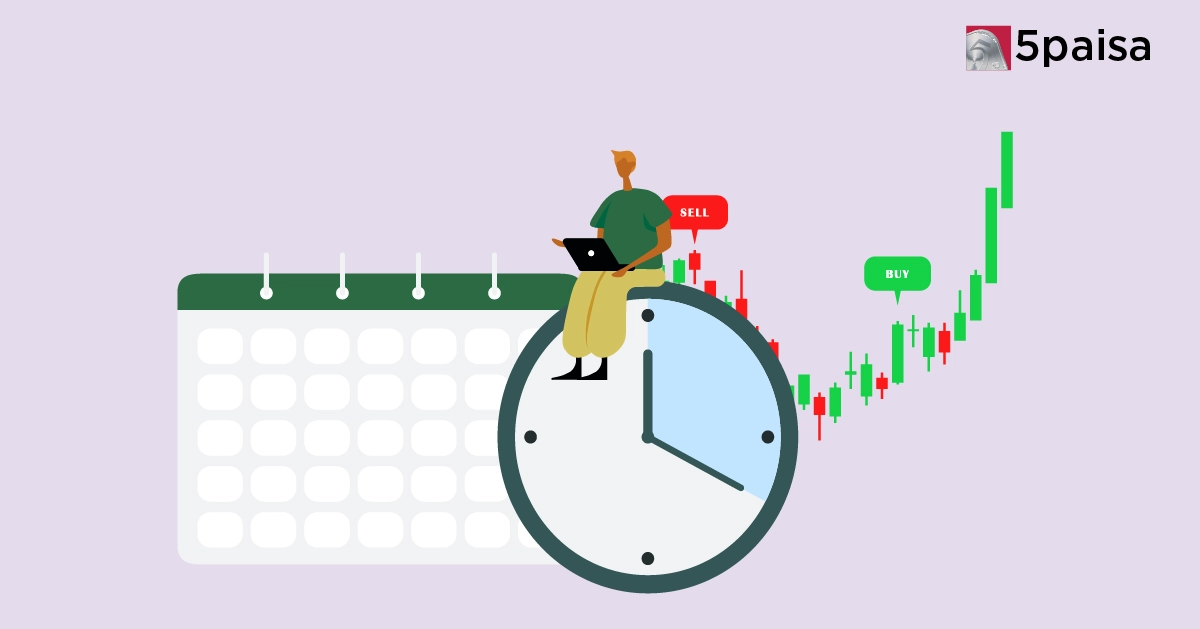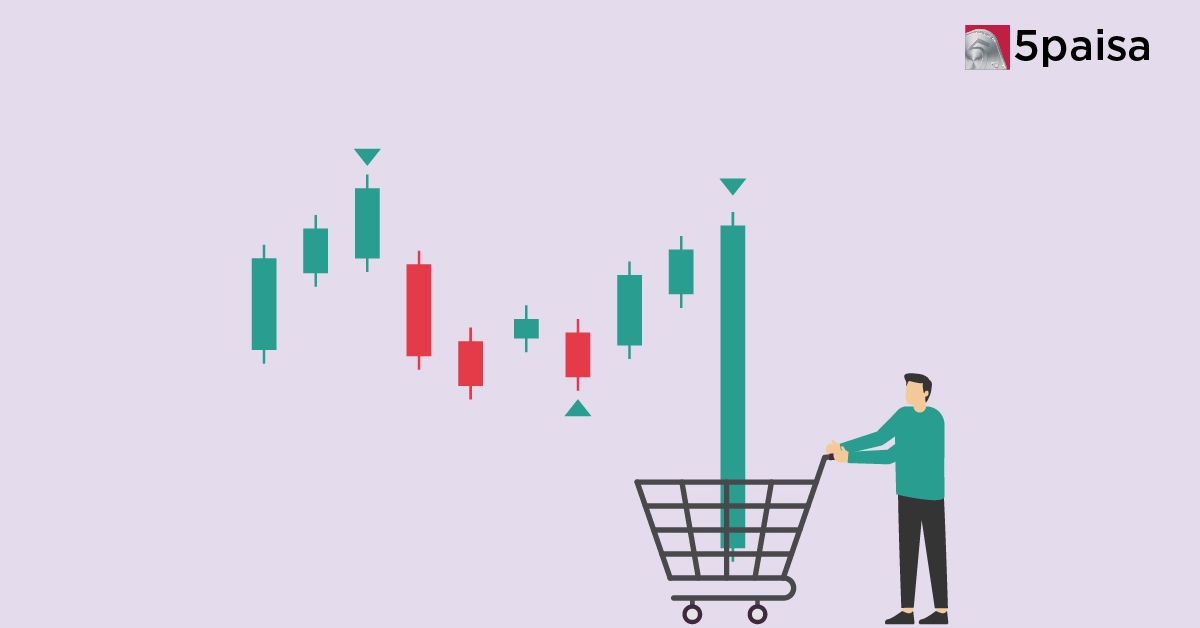How Are Unlisted Companies Valued? Common Approaches and Methods
Bond investing basics: What are bonds, main types and key terms to know

Last Updated: 7th September 2023 - 05:01 pm
In March 2020, as the coronavirus pandemic first began to spread across the world, the stock markets crashed more than 30% almost overnight. Anyone who would have put all their money in stocks and equity mutual funds would have spent many a sleepness night during that month. But those who followed an asset allocation strategy that included not just stocks but also fixed-income instruments such as bonds would have been better off.
Indeed, bonds are one of the main fixed-income assets that one can use to preserve and steadily grow their wealth. But what are bonds really and what do we know need to know before investing in bonds? Here’s a primer.
Bonds are financial instruments through which one party borrows from another with a promise to return the money after a predefined period, while paying interest on it periodically. It is debt owed by the borrower to the lender. The difference between a bond and a fixed deposit is that the former is tradable while the latter is not.
But why would anyone sell a bond after buying it? One, they may need instant funds. Second, the perception about the borrower returning the money may have changed over time. And lastly, there could be a change in expectations about the interest rate scenario.
Bond Terminologies
Face value: The value of each bond is the amount that will be returned to the investor after maturity.
Maturity: The time for which the bonds have been issued. Let’s say XYZ Ltd. issues a bond on Jan 1, 2020 that matures in Dec. 31, 2030. So, the maturity of the bond is 10 years.
Coupon: The rate of interest set at the outset that the issuer of the bond would be pay to the investor periodically.
Yield: Bond yield is the return the investor gets on the bonds. The yield will depend on the market price of the bond and the rate of interest. For example, let us take a scenario where the coupon on a bond is 6%, face value is Rs. 100. Market price of bonds will rise when interest rates in the economy go down and vice versa.
So, in this case, if the bond has been bought at Rs 102 in the secondary market, the yield or the return that the buyers will get will be less than 6% as it has been bought at a premium of Rs 2. The yield and price are inversely proportional. In other words, when price goes up, yield will come down and vice versa.
Bid and Ask: Bid is the price someone is willing to pay for the bond and Ask is the price the holder of the bond is demanding.
Reissue: When a bond on which the coupon and maturity is already fixed is being reissued.
Call and Put options: Sometimes terms of the bond may allow the issuer to redeem it before the maturity. This is called a call option. Conversely, if the buyer is allowed to ask the issuer to redeem it before maturity it is called a put option.
Rating: Most bonds must be rated by credit rating agencies, giving an assessment on the probability of default. The lower the rating, the higher are the chances of default. The ratings also are one of the variables that determine interest rates when a bond is issued. "AAA" is the highest rating, meaning the bond is very safe and "D" is the lowest rating, meaning default.
Types of bonds
Bonds can be categorised based on different parameters.
Bond types based on Issuer:
Government bonds: Bonds issued by the central and state governments. The bonds issued by the central government is referred to as gilts or sovereign bonds and the ones by states are known as State Development Loans.
Corporate bonds: Bonds issued by companies are categorised as corporate bonds. They generally fetch a higher return than government bonds as government is sovereign and the safest.
Municipal Bonds: Bonds issued by local bodies or municipal corporations for public infrastructure projects. The returns on such bonds are usually secured against tax or income from the project.
Based on Structure:
Zero-coupon bonds: There is no interest payment in zero-coupon bonds. These bonds are issued at a discount and difference between the discount and the face value is the return for the investor. For example, investors will pay Rs 90 for bond with face value of Rs 100. At maturity, the investor will get back Rs 100, with Rs 10 being the return.
Fixed rate bond: In such bonds the coupon or interest rate is fixed at the outset.
Floating rate bonds: The coupon on floating rate bond is linked to some benchmark. For example if a floating rate bond is benchmarked to MIBOR, the interest rate on the bond will be reset at periodic intervals based on the MIBOR.
Inflation-linked bonds: These bonds have coupon linked to inflation rate. These bonds act as hedge against rise in prices and interest rate will rise when inflation rises and falls when it falls.
Other type of bonds
Tax-saving bonds: They are mostly used for infrastructure projects and issued by government undertakings. The return from such bonds offers tax sops.
Sovereign gold bonds: These bonds have been introduced to discourage investment in physical gold. The bond offers a nominal interest and maturity value is linked to the prevailing gold price.
Secured and unsecured bonds: Bonds that are secured against certain assets of the company. Conversely, others are known as unsecured bonds.
Listed and unlisted bonds: Bonds that are listed for trading on exchanges are known as listed bonds. Conversely, other are called unlisted bonds.
Perpetual bonds: These bonds do not have any maturity date and hence the coupon is payable for perpetuity. Though these bonds can technically go till perpetuity, they normally have a "call option" which allows investors to redeem the bonds on the call date.
Convertible bonds: These bonds can be converted into equity shares at a predetermined time and price.
Green bonds: Bonds that use the proceeds only for projects that help fight climate change.
Masala Bonds: Bonds issued abroad but denominated in Indian currency.
Foreign currency convertible bonds: Bonds issued in currency other than the issuer’s home currency and convertible into shares at a later date.
Advantages and disadvantages of bond investment
Like any other investment bonds, too, have their pros and cons. Let’s look at some of them
Advantages:
- Investor gets assured fixed return in timely manner
- The return from bonds is usually higher than fixed deposit in PSU banks
- Many bonds can be sold in secondary market
- Bonds are less volatile than stocks
- Bonds act as hedge against other risky investments
- Price of bonds rise when interest rates in the economy fall
Disadvantages:
- If inflation runs high it can eat into the return from bonds
- The secondary corporate bonds market is not deep in India, meaning it may not be easy to sell such securities easily. However, this is not true for government bonds that have high secondary market activity.
- Bonds are not 100% safe. A company and even some sovereign can go into default.
Conclusion
An investor allocates money according to risk appetite and desired return. Bonds are less risky than many other modes of investment, except bank deposits. They also offer slightly higher return than bank deposits and steady income till maturity. Bonds help to diversify an investor's portfolio.
But as the saying goes, don’t put all the eggs in one basket. Even among bonds, an investor should spread the risk with bonds of different ratings and types.
- Flat ₹20 Brokerage
- Next-gen Trading
- Advanced Charting
- Actionable Ideas
Trending on 5paisa
Indian Stock Market Related Articles
Disclaimer: Investment in securities market are subject to market risks, read all the related documents carefully before investing. For detailed disclaimer please Click here.

 5paisa Capital Ltd
5paisa Capital Ltd
 5paisa Capital Ltd
5paisa Capital Ltd



